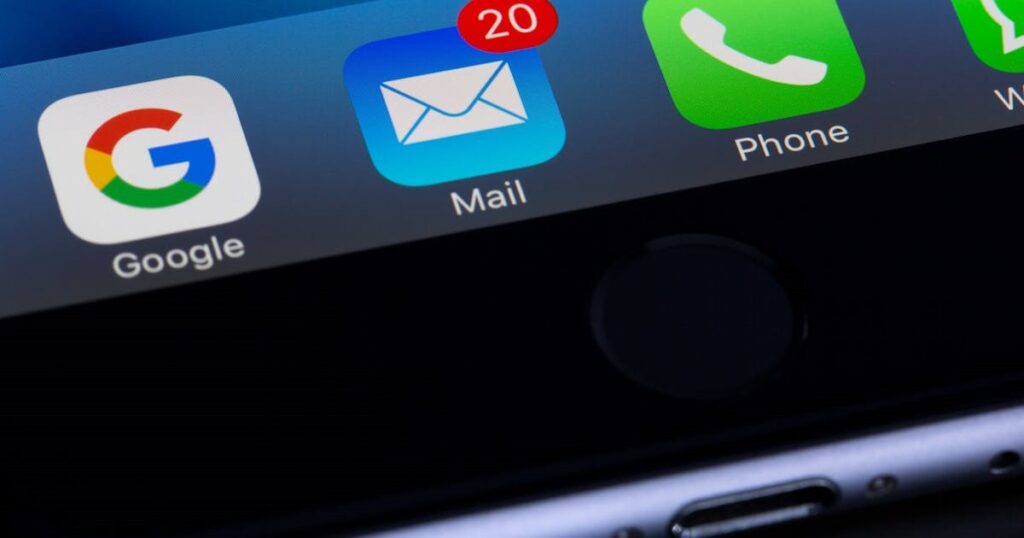
Knowing how to start an email is only the beginning of corporate communication. An incorrect welcome might convey the wrong message to your recipient. The better you prepare for various eventualities, the more prepared you will be.
Note that the greeting and initial introduction are first impressions. Therefore, a well-made opening can impact the effectiveness of your communication in several ways.
The importance of knowing how to start an email
Considering that the opening greeting is the first thing the recipient sees, doing it appropriately can create a positive and professional impression from the start. Furthermore, the beginning of the email is important to set the tone of the conversation. Therefore, it is from this beginning that you establish whether communication is formal, informal or friendly.
A captivating beginning can also be important in catching the recipient’s attention and making them more likely to read the message in its entirety. An appropriate greeting also demonstrates consideration and respect, aspects taken into account in professional and personal contexts.
Therefore, it is important to choose the appropriate opening based on the context and relationship with the recipient. Below, we talk about this in more depth and highlight some possibilities that can help you in your daily life.
How to start an email?
As a matter of some importance, prior to composing the main expression of an email, a couple of variables must be dissected to ensure your message gets past in a successful and reasonable manner for the specific circumstance. The primary thing to consider is who your interest group is, that is to say, to whom you’re sending an email. Ponder your relationship with this individual and change your opening in like manner.
In addition to the target audience, keep in mind why the email will be sent. This will influence how you begin the message. Considering the overall context of the communication is also important, so if the email is a continuation of a previous conversation, you can start more directly.
Examples of how to start an email
That said, some examples can give you a guide on how to properly start an email:
1 – Professional
In professional emails, it is essential to convey professionalism and respect from the beginning. Some options include the following greetings:
- Dear [Recipient’s name]
- Dear [Recipient’s name]
- Dear [Recipient Name]
- Hello, [Recipient’s name]
2 – Informal
When it comes to informal email, there’s not much of a secret. You can measure your level of intimacy with the recipient and opt for simpler greetings, such as:
- Hi, [Recipient’s name]
- Dear [Recipient’s name]
But if the email is intended for a group, it is worth using, to start the email:
- Hey guys
3 – Reply to a previous email
When a previous contact has been established, and you just need to continue the conversation, it is worth opting for an introduction such as:
- Thank you for your previous message
- In response to your email from [date]
- Following our previous conversation
4 – Request or order
To make a request or order, you have a few options, such as:
- I am writing to ask…
- I need your help with…
- Please could you…
- I would like to ask…
5 – Express gratitude
For emails intended to express gratitude, you can stick to the following examples:
- Thank you for your time and consideration.
- I wanted to express my gratitude for…
- Thank you for [action or favor]
- I am very grateful for…
6 – Introduction in a professional context:
At times, it is necessary to introduce yourself. The best way to do this is with a direct introduction, such as:
- My name is [Your Name] and I am [your position] at [Company Name]
- I’m [your position] at [Company Name] and I’d like to…
- I work in [your area of expertise] and would like to discuss…
7 – Invitation or proposal
You may likewise utilize email to welcome or offer anything. In this situation, it is worth focusing on:
- I would like to invite you to…
- I am proposing a meeting to discuss…
- How about we meet to discuss…
8 – Thank you for an opportunity or interview
When you get an opportunity or interview, it is good form to send an email thanking you. The introduction, in this case, could be:
- Thank you for the interview opportunity.
- It was a pleasure meeting you and discussing [topic] in the interview.
- Thank you for having me for the interview at [Company Name].
9 – Presentation
When you need to introduce yourself to someone via email, you can use the introduction:
- Let me introduce myself.
- I’m [Your Name] and…
- For those who don’t know me yet, I’m [Your Name] and I have experience in…